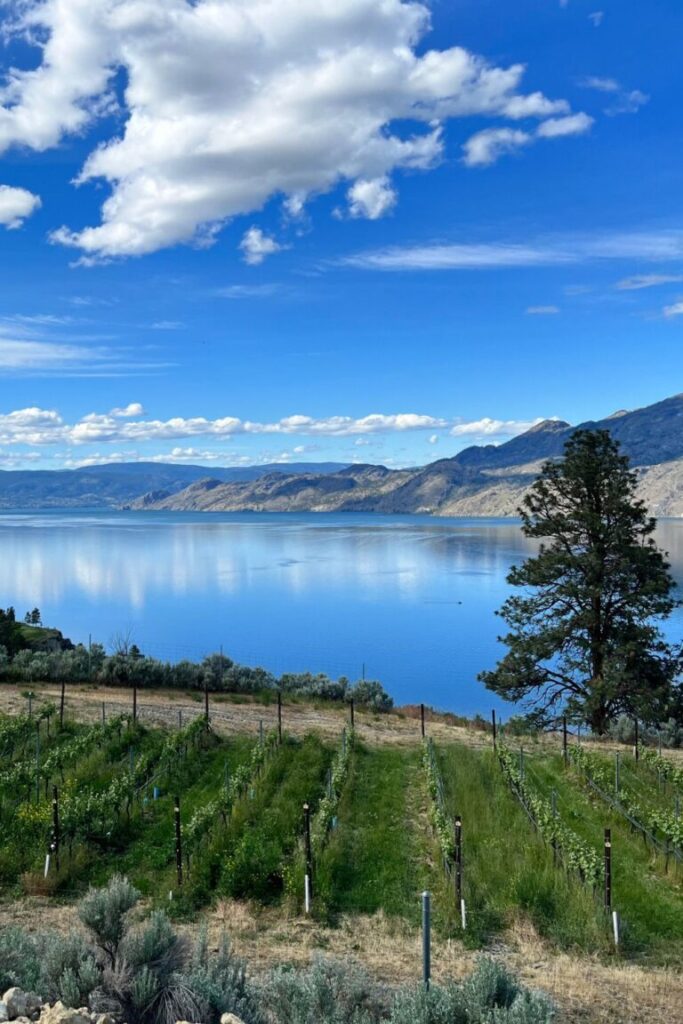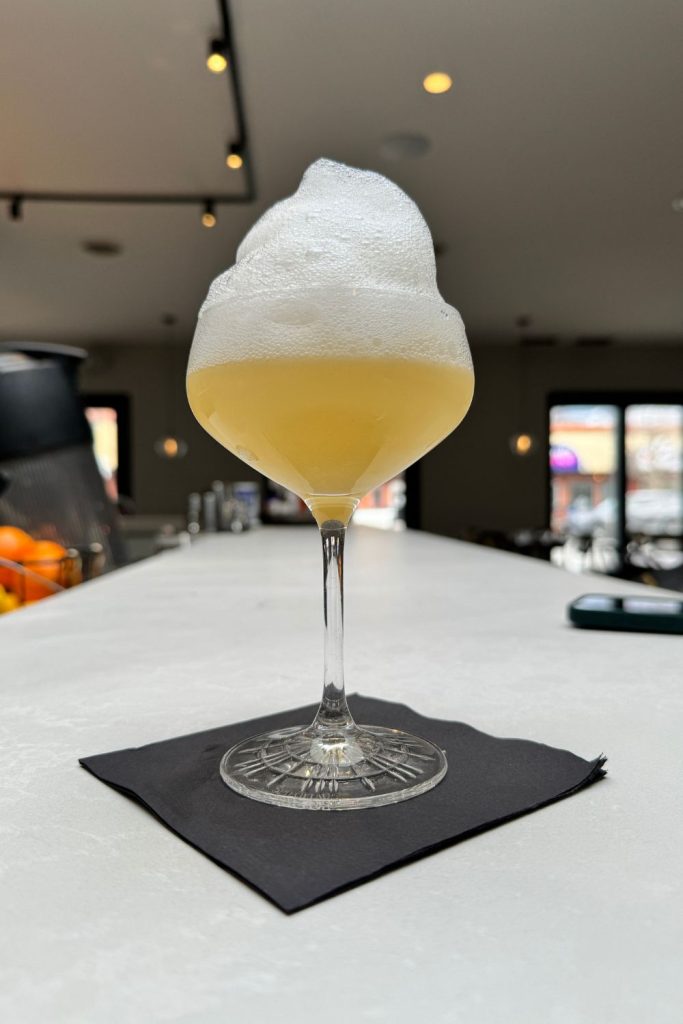Capturing Beauty in Its Purest Form: The Role of Natural Light in Fine Art Photography
You may not know that I was a student of art history and loved photography and use these principles to enhance the images on my website and social media. Fine art photography celebrates the interplay of light, composition, and subject matter to evoke emotions, provoke thoughts, and capture beauty in its purest form. Among the many elements that photographers manipulate, natural light stands out as a fundamental tool that shapes the mood, texture, and narrative of an image. From the soft glow of sunrise to the dramatic shadows of sunset, natural light offers photographers a canvas upon which to paint their visual stories, embracing the nuances of illumination that define the essence of their subjects.

Embracing the Golden Hour The golden hour, that magical period shortly after sunrise or before sunset, bathes subjects in warm, diffused light that enhances colours and textures while casting gentle shadows that add depth and dimension. Photographers like Ansel Adams and Sally Mann have mastered the art of harnessing this fleeting moment to create evocative and timeless images that resonate with viewers.

The Drama of Contrast: Shadows and Highlights Natural light creates compelling contrasts between light and shadow, revealing intricate details and emphasizing the sculptural qualities of subjects. Photographers such as Sebastião Salgado and Edward Weston have utilized the stark contrasts of natural light to convey powerful narratives and explore the beauty found within the interplay of darkness and illumination.

Softness and Serenity: Overcast Skies Overcast skies diffuse natural light, creating a soft, even illumination that minimizes harsh shadows and highlights. This subtle lighting is ideal for capturing intimate moments and conveying a sense of tranquility and contemplation. Artists like Mary Ellen Mark and Henri Cartier-Bresson have embraced overcast conditions to capture candid, emotive portraits and everyday scenes with authenticity and grace.

Harnessing Natural Light Indoors Even indoors, photographers can utilize natural light streaming through windows or skylights to infuse their subjects with a natural glow. This technique enhances the warmth and authenticity of interior settings, allowing photographers such as Dorothea Lange and Steve McCurry to capture intimate portraits and documentary images that resonate with viewers on a deeply personal level. It’s especially important for food photographers to use natural light to provide quality commercial or even social media worthy shots for restaurants and food blogs like this.
Chasing Shadows: Silhouettes and Negative Space Natural light offers photographers the opportunity to experiment with silhouettes and negative space, where subjects are rendered as dark shapes against a brighter background. This minimalist approach, mastered by artists like Yousuf Karsh and Fan Ho, invites viewers to focus on the essence of form and emotion, challenging them to interpret and engage with the visual narrative.
Seasonal Variations: The Play of Light Throughout the Year Throughout the seasons, natural light evolves, casting varying hues and intensities that reflect the changing landscapes and moods of the environment. Photographers such as Galen Rowell and Annie Leibovitz have captured the essence of seasonal transitions, harnessing the unique qualities of light to convey a sense of time and place within their compositions.

Intimate Portraits: Natural Light and Human Connection Natural light enhances the authenticity and emotional resonance of portrait photography, allowing photographers to capture the subtleties of expression and gesture that define human connection. Artists like Richard Avedon and Imogen Cunningham have used natural light to create timeless portraits that reveal the essence of their subjects with sensitivity and depth.
Environmental Storytelling: Context and Atmosphere Natural light serves as a crucial element in environmental storytelling, where landscapes and surroundings play a pivotal role in shaping the narrative of an image. Photographers such as Steve McCurry and Sebastião Salgado have utilized natural light to capture the essence of cultures, traditions, and natural wonders, transporting viewers to distant lands and inviting them to explore diverse perspectives.
The Art of Composition: Balancing Light and Shadow Fine art photographers master the art of composition by skillfully balancing light and shadow within their frames. Natural light offers a dynamic range of tones and textures that enhance the visual impact of compositions, inviting viewers to appreciate the harmonious interplay of elements crafted by artists like Henri Cartier-Bresson and Edward Weston.
Evolving Techniques: Digital Innovation and Beyond In the digital age, advancements in technology have expanded the possibilities of natural light photography, allowing artists to experiment with new techniques and processes. From high dynamic range (HDR) imaging to infrared photography, photographers continue to push the boundaries of creativity while honoring the timeless beauty and authenticity of natural light.
While these shots are far from fine art photography, they do utilize some of these principles and practices to help create and add to the stories we tell on Foodie Town. Natural light remains an indispensable tool in the arsenal of fine art photographers, enabling them to capture beauty in its purest form while embracing the subtleties of illumination that define the essence of their subjects. By exploring the role of natural light across different genres and techniques, photographers celebrate the artistry of light and shadow, inviting viewers to embark on a visual journey that transcends time and resonates with universal truths. Learn more though MetArt.
